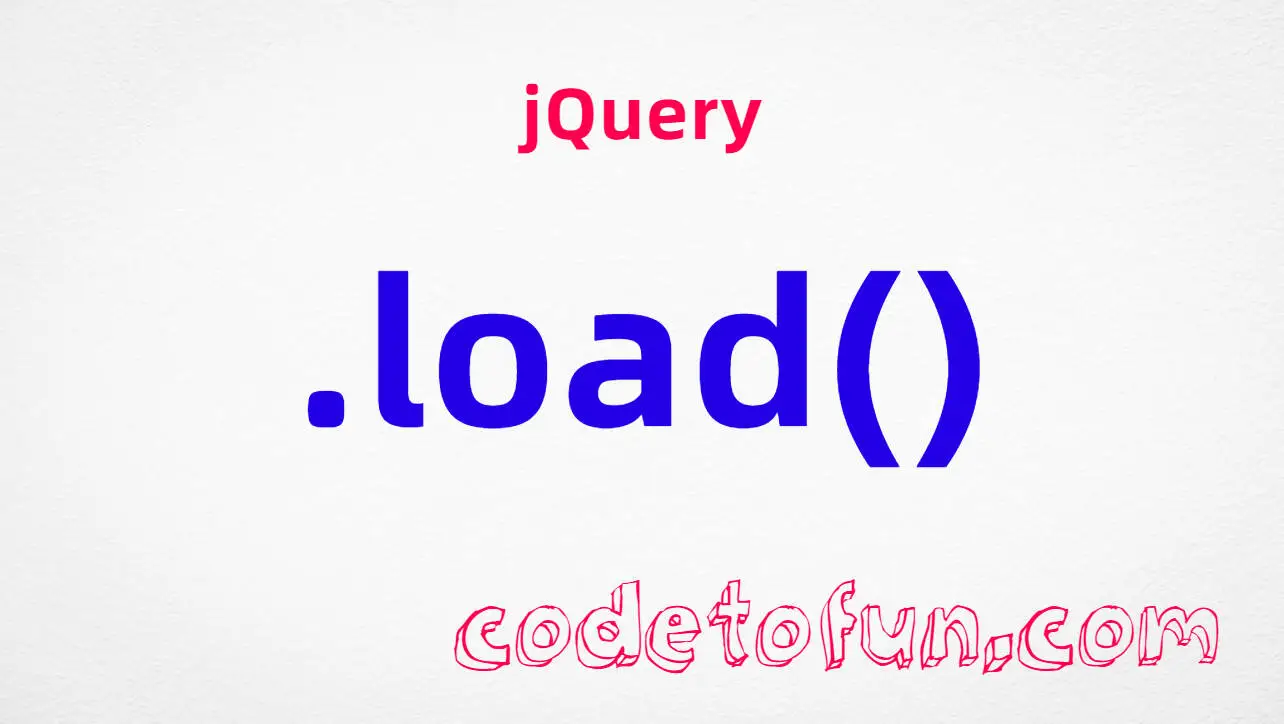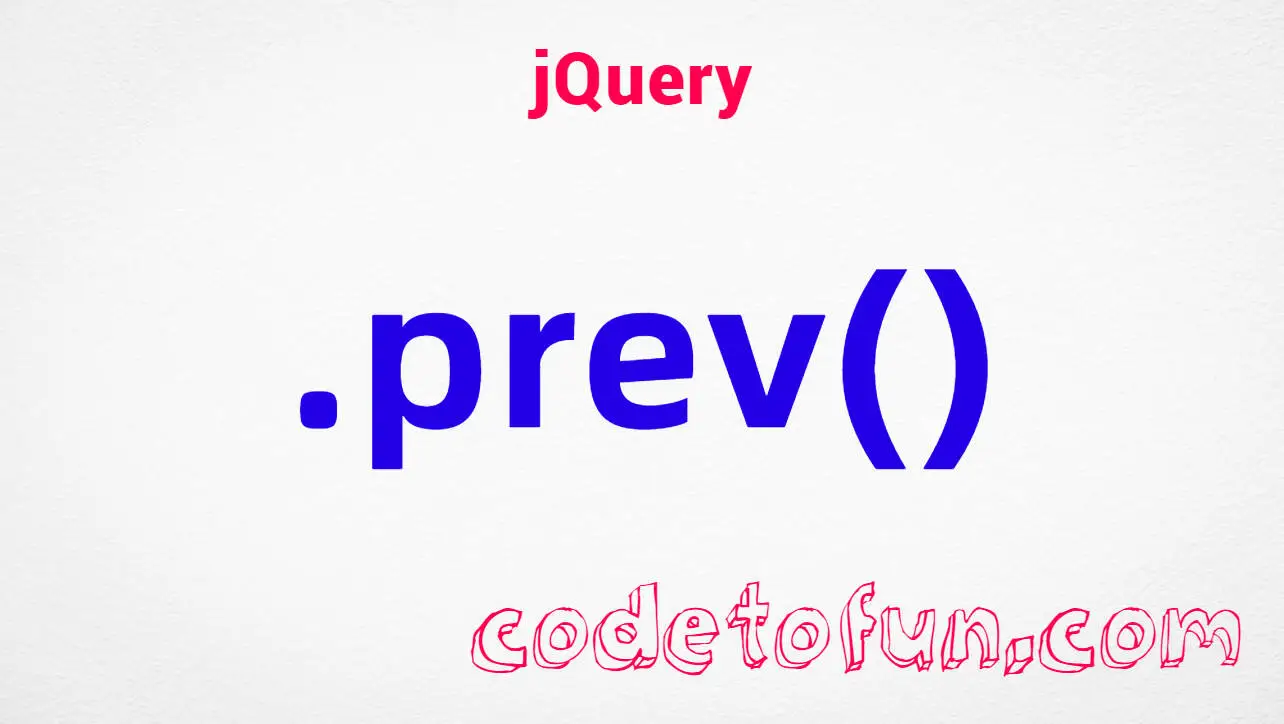
HTML Basic
HTML Reference
- HTML Tags
- <!--...-->
- <!DOCTYPE>
- <a>
- <abbr>
- <address>
- <area>
- <article>
- <aside>
- <audio>
- <b>
- <base>
- <bdi>
- <bdo>
- <blockquote>
- <body>
- <br>
- <button>
- <canvas>
- <caption>
- <cite>
- <code>
- <col>
- <colgroup>
- <data>
- <datalist>
- <dd>
- <del>
- <details>
- <dfn>
- <dialog>
- <div>
- <dl>
- <dt>
- <em>
- <embed>
- <fieldset>
- <figcaption>
- <figure>
- <footer>
- <form>
- <h1> to <h6>
- <head>
- <header>
- <hgroup>
- <hr>
- <html>
- <i>
- <iframe>
- <img>
- <input>
- <ins>
- <kbd>
- <label>
- <legend>
- <li>
- <link>
- <main>
- <map>
- <mark>
- <menu>
- <meta>
- <meter>
- <nav>
- <noscript>
- <object>
- <ol>
- <optgroup>
- <option>
- <output>
- <p>
- <param>
- <picture>
- <pre>
- <progress>
- <q>
- <rp>
- <rt>
- <ruby>
- <s>
- <samp>
- <script>
- <search>
- <section>
- <select>
- <small>
- <source>
- <span>
- <strong>
- <style>
- <sub>
- <summary>
- <sup>
- <svg>
- <table>
- <tbody>
- <td>
- <template>
- <textarea>
- <tfoot>
- <th>
- <thead>
- <time>
- <title>
- <tr>
- <track>
- <u>
- <ul>
- <var>
- <video>
- <wbr>
- HTML Deprecated Tags
- HTML Events
- HTML Global Attributes
- HTML Status Code
- HTML Language Code
- HTML Country Code
- HTML Charset
- MIME Types
HTML rt Tag

Photo Credit to CodeToFun
🙋 Introduction
In the landscape of HTML, the <rt> tag plays a significant role in enhancing the display of ruby text.
This comprehensive guide will walk you through the nuances of utilizing the HTML <rt> tag effectively.
🤔 What is <rt> Tag?
The <rt> tag is an HTML element used to define the text that should be displayed as ruby annotations. Ruby annotations are small annotations that are typically displayed above or below East Asian characters to provide pronunciation or meaning information.
💡 Syntax
To implement the <rt> tag, pair it with the <ruby> element, which is used to define ruby annotations. The <rt> tag should encapsulate the text that represents the pronunciation or meaning.
<ruby>
漢 <rt>kan</rt>
字 <rt>ji</rt>
</ruby>🧰 Attributes
The <rt> tag does not have specific attributes, but it's commonly used in conjunction with the <ruby> element. The <ruby> element may use the class and style attributes for additional customization.
<ruby class="ruby-text" style="font-size: 1.2em;">
本<rt>hon</rt>
語<rt>go</rt>
</ruby>📚 Common Use Cases
Providing Pronunciation:
The primary purpose of the
<rt>tag is to offer pronunciation guidance for characters.providing-pronunciation.htmlCopied<ruby> 音<rt>on</rt> 楽<rt>gaku</rt> </ruby>Adding Meaning Annotations:
You can use the
<rt>tag to provide additional meaning annotations to characters.adding-meaning-annotations.htmlCopied<ruby> 科<rt>science</rt> 学<rt>study</rt> </ruby>
🖥️ Browser Support
Understanding the compatibility of the <rt> tag across different browsers is essential for delivering a consistent user experience. Here's an overview of its support:
- Google Chrome: Fully supported.
- Mozilla Firefox: Fully supported.
- Microsoft Edge: Fully supported.
- Safari: Fully supported.
- Opera: Fully supported.
- Internet Explorer: Partial support (some versions may have limitations).
Ensure you test your code in various browsers to guarantee a seamless experience for your audience.
🏆 Best Practices
- Always use the
<rt>tag within the context of the <ruby> element. - Test your ruby text in different browsers to ensure consistent rendering.
🎉 Conclusion
Mastery of the <rt> tag is essential for web developers aiming to enhance the presentation of ruby text. Implementing this tag effectively ensures that pronunciation and meaning annotations are displayed accurately, contributing to a richer user experience.
👨💻 Join our Community:
Author

For over eight years, I worked as a full-stack web developer. Now, I have chosen my profession as a full-time blogger at codetofun.com.
Buy me a coffee to make codetofun.com free for everyone.
Buy me a Coffee












If you have any doubts regarding this article (HTML rt Tag), please comment here. I will help you immediately.